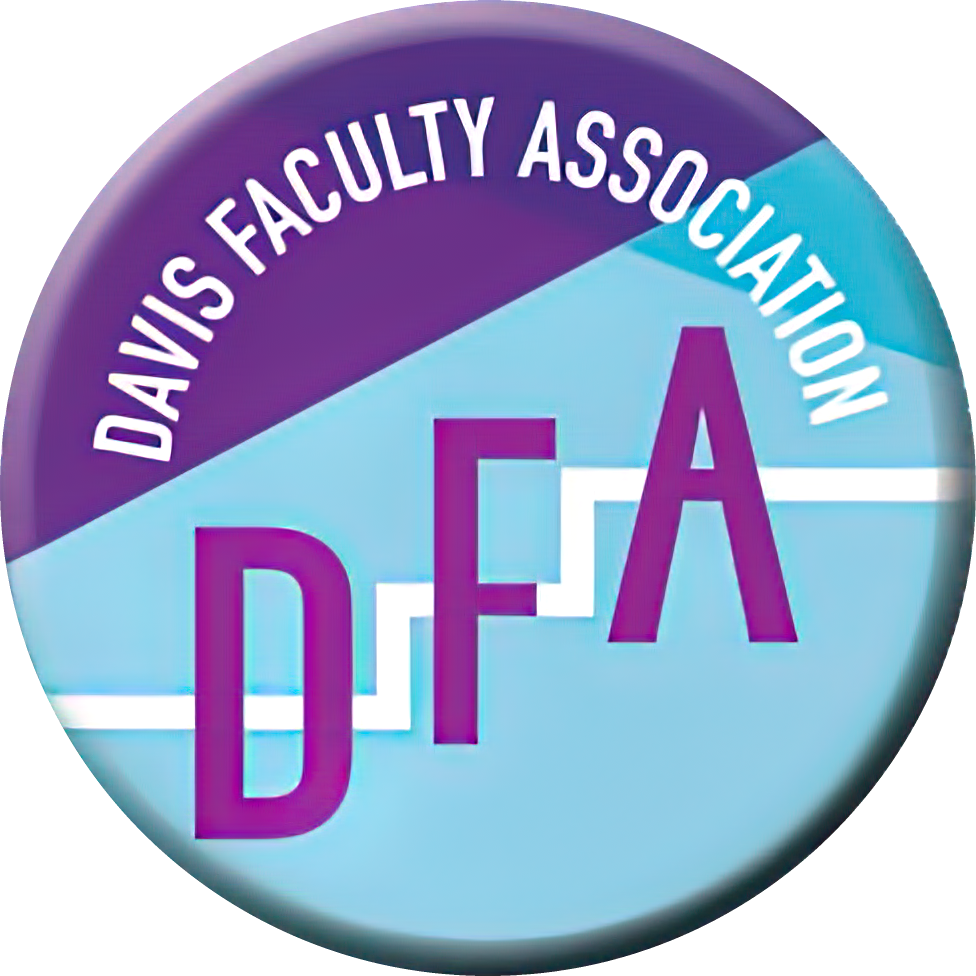An analysis by CUCFA has found that UC is using student fees as collateral to obtain favorable rates on bonds issued for construction. The details are now being made public. Here is an one page preview of a longer article, now available at http://keepcaliforniaspromise.org/?p=383, by CUCFA President Bob Meister:
UC Officials Hike Fees, Pledge 100% of Fees to Bondholders in case of default
How could UC sell over $1.6 billion in long and short-term bonds on favorable terms within one month of declaring an “extreme financial emergency,” cutting funds for instruction and research throughout the system, and cutting staff and faculty pay between 4% and 10%?
UC could sell bonds because UC now borrows for construction projects by using your fees as collateral. Higher fees means more collateral for UC’s borrowing for construction. Construction continues even as instruction and research are cut, and it is higher tuition –- supposedly intended to protect instruction -– that supports continued borrowing for construction.
Tuition increases are justified (to you) as a way to pay educational expenses that taxpayers refuse to pay. In fact, UC tells its bond trustee (Bank of NY Mellon Trust) and the companies that rate bonds (S&P and Moody’s) that tuition can be pledged as collateral. This means that in case of some problem with the bonds, your tuition must be used to pay off bondholders rather than be used to pay for education.
This means that UC officials have a financial incentive to raise fees, since it increases their ability to borrow to pay for projects for which they no longer have enough state money. It also means that the claims of bondholders and banks come before those of UC’s students, staff, and faculty.
UC started actively borrowing against your tuition in spring 2004 —- when a newly-elected Governor Schwarzenegger gave it a green light to raise tuition, a fact that now appears in every bond prospectus. By June 2008 (before the recession) UC’s pledged collateral had risen by over 50% ($4.2B to $6.72B) and your tuition, a large component of this, had risen similarly. The fact that UC can (and does) raise tuition in a budget crisis means that a bad budget year can be a good year for selling bonds.
At present, we simply can’t tell from any publicly available document how much funding UC diverts from instructional and research budgets to pay for construction that no longer has to be either state-funded or self-supporting. We do know that UC has promised to cut its budget as necessary to maintain its bond rating and/or to spend its revenues in ways that increase, rather than reduce, the amount of collateral in the pledge. To people in the financial world it’s obvious that UC committed itself to raise tuition and cut budgets –- year in and year out — when it decided in 2004 to secure its bonds.
Much of the UC community —- faculty, students and staff —- find it unthinkable that UC would raise tuition and cut instruction in order to fund construction. Other great universities, including Harvard, stopped construction projects in their tracks when their endowment income fell, because protecting people and programs were their highest priority. UC officials made the opposite decision, using higher fees -– and the capacity to continue to raise fees at will –- to continue construction.
UC officials have made a policy decisions to put bondholders and debt-funded construction ahead of educational programs. This policy choice needs a full analysis and justification, and, we believe, reversal. UC should not have financial incentives to increase fees. Its finances should be structured to keep fees as low as possible.
